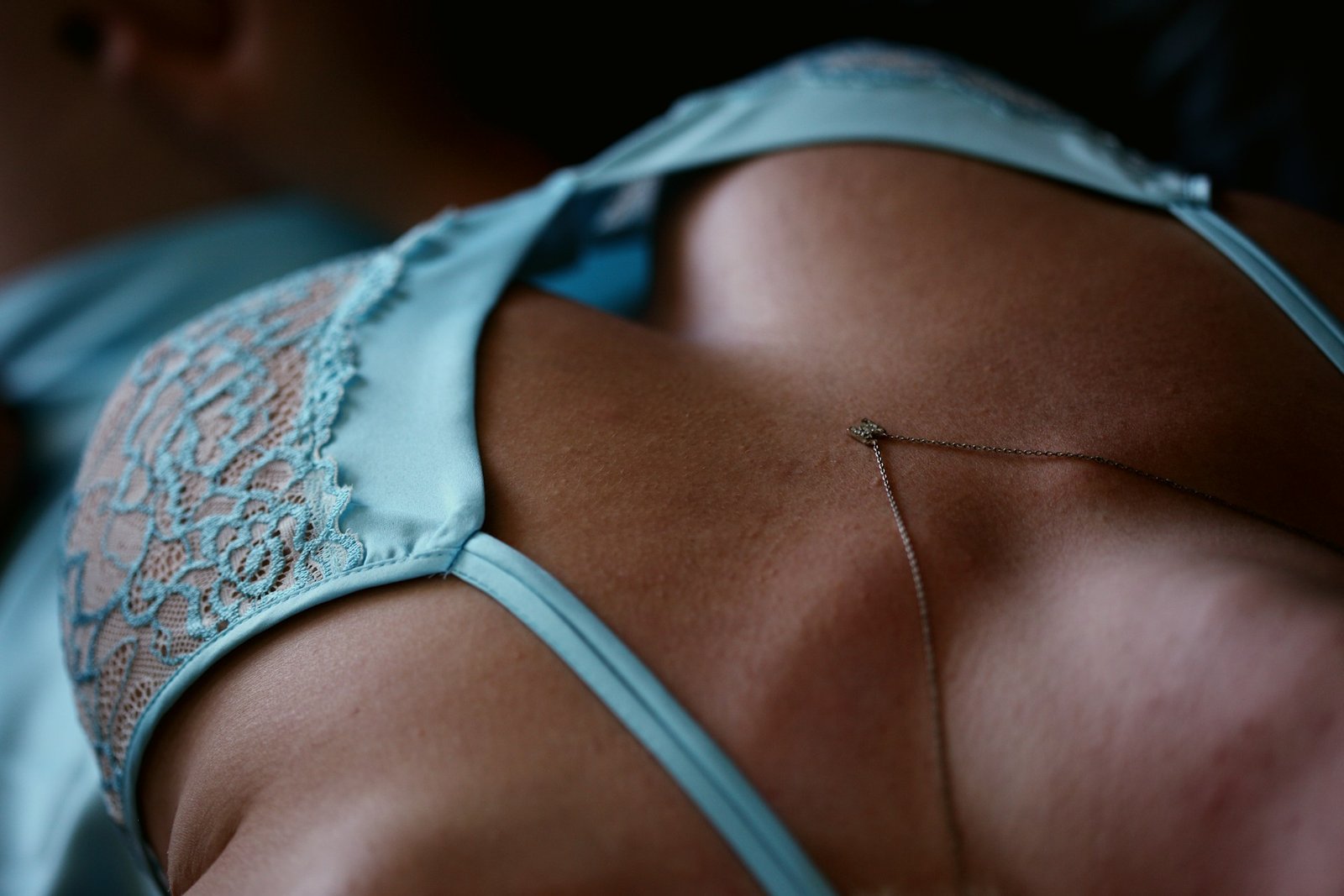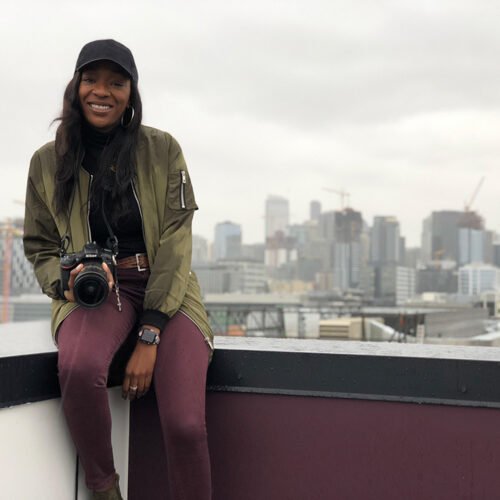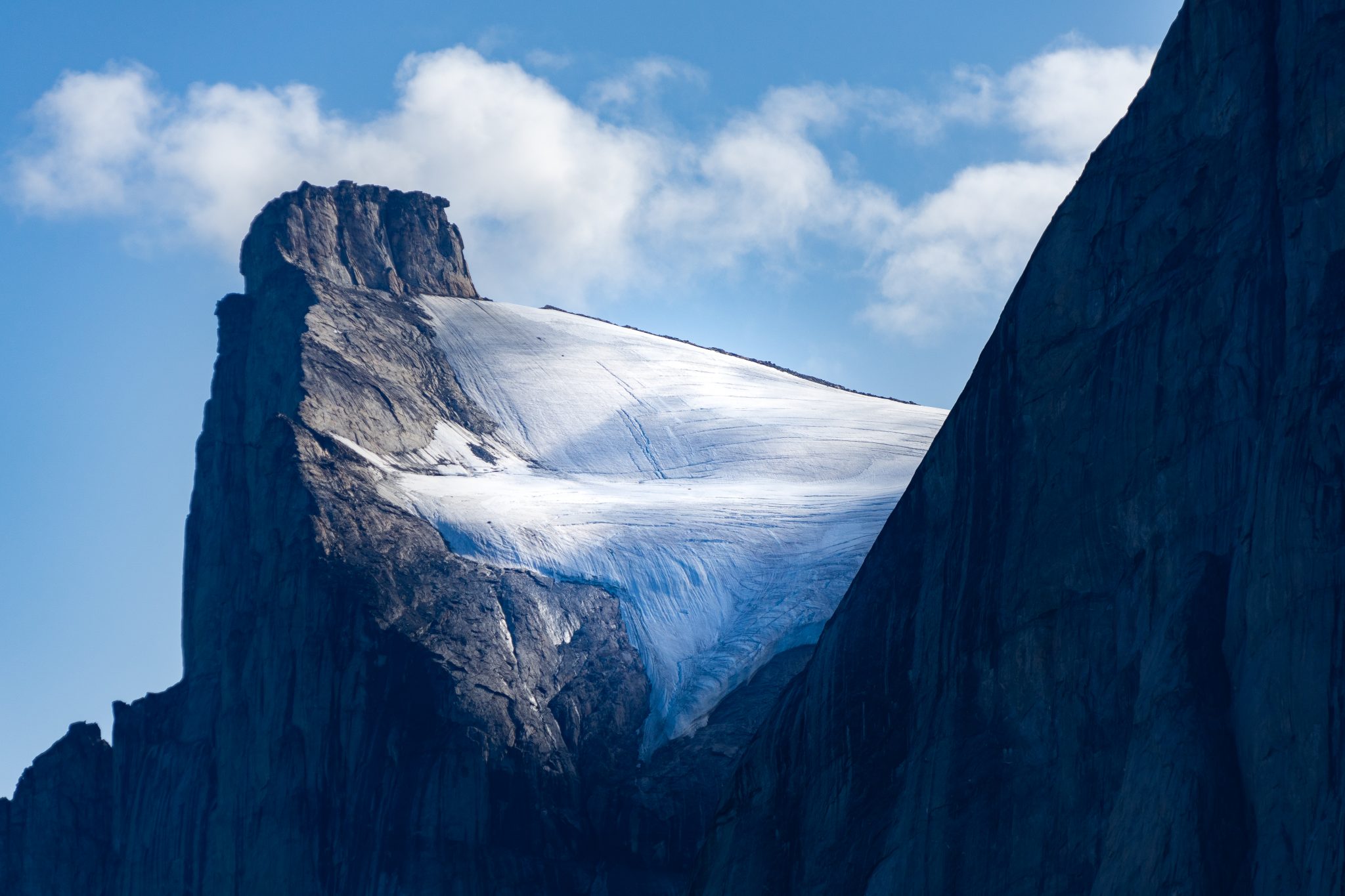Boudoir photography is a unique and intimate genre that beautifully captures the elegance and sensuality of the human form.
Whether for personal keepsakes, gifts for a partner, or simply to celebrate one’s own body, boudoir photography requires a thoughtful approach to create stunning, tasteful images.
This guide will explore essential tips for mastering boudoir photography, ensuring each session is a confident and empowering experience.
The Essence of Boudoir Photography
At its core, boudoir photography is about celebrating the subject’s beauty and personality in a private, intimate setting. It’s essential to understand that this genre is not just about capturing physical appearance but also the emotions and expressions that make each individual unique. A successful boudoir session combines elegance, intimacy, and a deep connection between the photographer and the subject.
Creating a Comfortable Atmosphere
One of the most important aspects of boudoir photography is ensuring that the subject feels comfortable and confident. This starts with establishing trust and open communication. Take the time to discuss the subject’s expectations, insecurities, and desired outcomes for the session. Creating a relaxed environment helps subjects feel at ease, allowing their true personality and beauty to shine through.

Choosing the Right Location
The location of a boudoir shoot plays a crucial role in the overall feel of the images. Typically, these sessions take place in a bedroom, hotel room, or studio with a cozy and private atmosphere. The key is to select a location that complements the subject’s personality and the desired aesthetic. Soft lighting, elegant furnishings, and tasteful decor can enhance the intimate ambiance of the shoot.
Lighting Techniques for Boudoir Photography
Lighting is a vital element in boudoir photography, as it sets the mood and highlights the subject’s features. Natural light is often preferred for its soft, flattering qualities, but artificial lighting can also be used effectively. Experiment with different lighting setups, such as backlighting, side lighting, and diffused light, to create depth and dimension. Pay attention to shadows and highlights to accentuate curves and contours.
Posing and Composition
Posing is an art in boudoir photography, requiring a balance of elegance and naturalness. Guide the subject into poses that highlight their best features and make them feel confident. Encourage movements that flow naturally, such as gentle stretching, arching the back, or playful interactions with props like sheets or pillows. Composition is equally important; use angles and framing to create visually pleasing images that draw attention to the subject.

Wardrobe Selection
The choice of wardrobe can greatly influence the tone of boudoir photos. Lingerie is a popular choice, but other options like oversized sweaters, robes, or even nothing at all can be equally effective. The key is to select outfits that make the subject feel comfortable and confident. Discuss wardrobe options beforehand to ensure a variety of looks and styles that reflect the subject’s personality.
Incorporating Props and Accessories
Props and accessories can add a unique touch to boudoir photography, enhancing the overall aesthetic and providing additional elements for the subject to interact with. Items like jewelry, flowers, blankets, or even a favorite book can personalize the session. Use props to create interesting compositions and help the subject feel more at ease.
Capturing Emotions and Expressions
Boudoir photography is not just about physical appearance; it’s also about capturing the emotions and expressions that make the subject unique. Encourage the subject to relax and be themselves, allowing their natural beauty and personality to shine through. Genuine smiles, laughter, and subtle expressions of confidence and sensuality can make the images truly special.
Post-Processing and Editing
Post-processing is an essential step in boudoir photography, enhancing the images while maintaining a natural and elegant look. Focus on techniques that smooth skin, enhance lighting, and highlight the subject’s best features. Avoid over-editing, as this can detract from the natural beauty of the images. The goal is to create polished, professional photos that still feel authentic and true to the subject.

Presenting the Final Images
How the final images are presented can significantly impact the subject’s experience and satisfaction. Options like high-quality prints, custom albums, or digital galleries provide a tangible and lasting way to cherish the boudoir session. Personalize the presentation to reflect the elegance and intimacy of the images, ensuring the subject feels valued and celebrated.
Boudoir photography is a delicate balance of technical skill, artistic vision, and personal connection. By understanding the nuances of this genre and focusing on the subject’s comfort and confidence, photographers can create beautiful, intimate images that celebrate the human form in all its elegance and sensuality.
For those interested in exploring more about the artistry of boudoir photography and other related topics, the Metart blog offers a wealth of insightful articles and resources. They provide a deep dive into the world of artistic photography, covering various genres, techniques, and inspirational stories that can enrich your understanding and appreciation of this beautiful art form.






